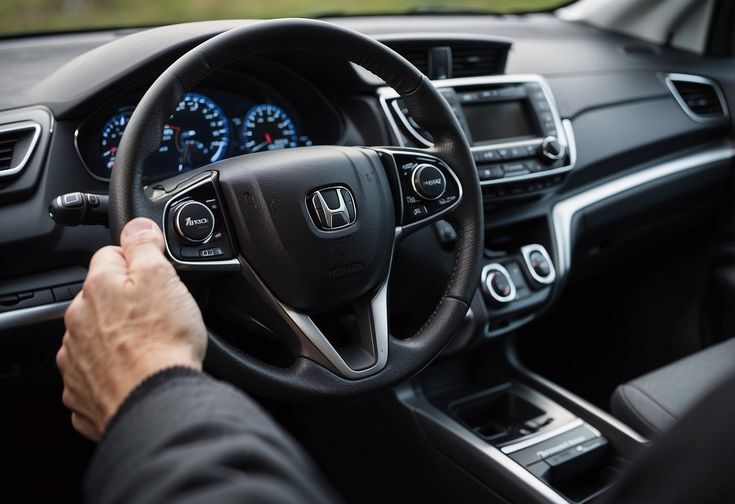The idea that you must warm up your car in the morning is an old-school belief rooted in carbureted engines, which dominated the automotive industry until the 1980s. However, modern fuel-injected engines—paired with advanced synthetic oils—have made long warm-ups unnecessary. Here’s a deep dive into the science and practical advice:
1. The Old-School Reasoning (Why People Still Believe It)
- Carbureted Engines (Pre-1980s): These relied on choke systems to manage fuel-air mixtures when cold. Without warming up, they’d run poorly or stall.
- Thicker Oil in Cold Weather: Older mineral oils thickened in low temps, reducing lubrication until warmed.
- Driver Comfort: Letting the car heat up provided a cozy cabin in winter.
2. Why Modern Cars Don’t Need Long Warm-Ups
- Fuel Injection (1980s+): Computers adjust the air-fuel mixture instantly, eliminating rough idling.
- Synthetic Oils: Flow better in cold weather, protecting the engine immediately.
- Catalytic Converters: Idling for long periods can actually harm them by diluting oil with fuel (due to incomplete combustion at low temps).
- Emissions & Fuel Waste: Idling burns gas unnecessarily and pollutes more.
3. What Engineers & Manufacturers Say
- Most automakers (Ford, GM, Toyota, etc.) recommend driving gently after 30 seconds to a minute of idling in cold weather.
- Excessive idling can cause:
- Fuel contamination in oil (due to rich mixtures at startup).
- Increased engine wear (low-load idling doesn’t warm the engine efficiently).
- Scandinavian studies (where extreme cold is common) show that gentle driving warms the engine faster than idling.
4. Best Practices for Cold Starts
- In Moderate Cold (Above 0°F / -18°C):
- Start the car, wait 10–30 seconds (time to buckle up, adjust mirrors), then drive gently.
- Avoid high RPMs until the temperature gauge starts rising (~5 minutes of driving).
- In Extreme Cold (Below 0°F / -18°C):
- Wait 1–2 minutes max before driving.
- Use a block heater (if available) to keep oil and coolant warm overnight.
- For Cabin Comfort:
- Remote starters are fine for 2–5 minutes to defrost windows, but longer idling is wasteful.
- Seat heaters warm you faster than waiting for the engine to heat the cabin.
5. Exceptions (When Warming Up Might Help)
- Classic Cars (Pre-1980s): Carbureted engines benefit from a short warm-up.
- Diesel Engines: Some modern diesels have glow plugs; consult your manual.
- Hybrids/EVs: No warm-up needed for the electric motor, but preheating the cabin while plugged in saves battery.
Verdict: No, You Don’t Need to Warm Up Your Car (But Be Smart)
- Myth Busted: Prolonged idling is outdated and harmful in modern cars.
- Better Alternative: Drive gently right away—it warms the engine faster and safer.
- Bonus Tip: If you’re concerned about engine longevity, regular oil changes (with synthetic) matter far more than warm-ups.
